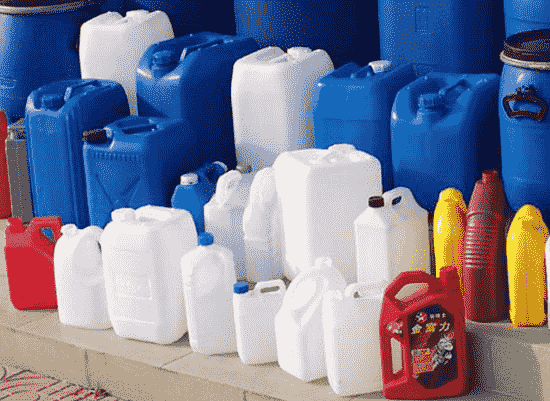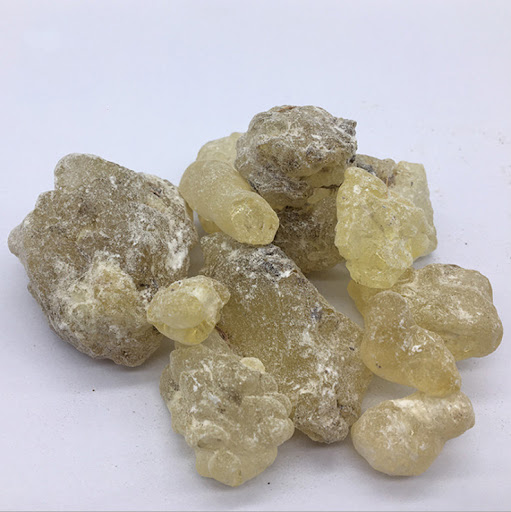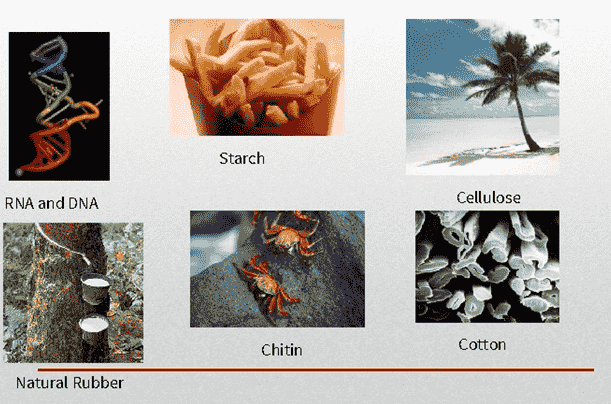Natural and synthetic polymers are found in human life. Polymers are synthetic or natural. These two polymers are different from each other.
Introduction of natural polymer
Natural polymer is created by natural processes. These polymers are present in the human body, plants, and animals. Proteins, amino acids, DNA, RNA are all-natural polymers that exist in nature and the bodies of living things. Wool, silk, honey are examples of natural polymers.
Synthetic polymer

Synthetic polymer
Synthetic polymers are made as a result of chemical processes. This type of polymer is produced by humans in laboratories and factories. Scientists and engineers design and manufacture these materials and products. Polyethylene, Teflon, polyacrylic, PVC are examples of synthetic polymers.
Differences between Natural and synthetic polymers
Natural polymer is found in nature and is constantly being produced. Carbohydrates, starches, and proteins are all-natural polymers. Synthetic polymers are produced by chemical processes in laboratories and factories. Rubber, nylon, bakelite, PVC, UPVC are all prominent examples of this type of polymer.
Examples of natural polymers
Natural polymer is produced by natural processes. This type of polymer is not harmful; It is often used as a raw material in many food and pharmaceutical industries. Recently, in developed countries, this type of polymer has been considered and synthetic polymers are removed from human life in a slow process.
Undeveloped and developing countries have not yet reached the stage of conscious abandonment of synthetic polymer products and are causing dangerous and harmful damage to their nature and society.
Types of natural polymers
Polysaccharides are made from polysaccharide particles. Galactose, glucose, and fructose are the most important natural polymers used in the food industry and are found in plants and animals. There are plant carbohydrates in the form of starch and animal carbohydrates in the form of glycogen.
Amino acids, polyamides, polypeptides, are natural polymers and are found in the bodies of living organisms. DNA and RNA are prominent examples of polynucleotides. Pectin is an example of a natural polymer.
The natural polymer was the inspiration for synthetic polymers. By studying the cellular, molecular, and chemical structure of these materials, scientists were able to design and produce synthetic polymers that in some ways resembled natural polymers.
Types of synthetic polymers

Types of synthetic polymers
Oil has been the source of many synthetic polymers. Some synthetic polymers are made from petroleum, which is used in the production of many chemicals and polymers. Some synthetic polymers are obtained by condensation called condensation polymers and others by polymerization, known as additive polymers.
Pay attention to natural polymers and discard synthetic polymers
Some synthetic polymers are classified as organic and inorganic polymers. Organic polymers are made of hydrocarbon particles, and the mineral particles of the raw material are mineral polymers. Polystyrene, Teflon, polyethylene, polypropylene are examples of this classification.
Comparison of natural and synthetic rubber
Rubber can be found in nature, which is the sap of the tree. This type of rubber is a type of polymer made from crude isoprene particles. Rubber is made by processing some raw materials such as isoprene.
Natural rubber is sticky and wears out very quickly. It is destroyed when the raw materials are spilled. With sulfur, it can be made elastic. By combining different raw materials, synthetic rubber is prepared.

Natural polymer
Natural polymer
The physical, chemical, and mechanical properties of this type of rubber are very different from natural rubber and that is why it is difficult to decompose even after the disappearance of these properties. The decomposition of synthetic rubber is harmful to humans and nature.
How to produce synthetic rubber
Single polyisoprene chains are attached to other polyisoprene chains during a chemical process (vulcanization). With this process, in the rubber industry, this artificial product can be produced many times. Sulfur is also used. The method used in the production of rubber is irreversible.
In this process, soft and elastic materials are joined together in chemical processes, resulting in harder and stronger materials. In this way, the adhesives become smooth and soft materials, and as a result, the rubber never sticks to metal and plastic surfaces.

synthetic rubber
Conclusion
Natural and synthetic polymers are found in human life. Proteins, amino acids, DNA, RNA are examples of natural polymers and these materials are used in many food, pharmaceutical, and medical industries. Today, with the turn of man to nature, these substances have been considered.
Synthetic polymers are derived from petroleum and are sometimes classified as organic and inorganic polymers. This type of polymer is prepared and designed by combining several raw materials. It is harmful to human life and is gradually being phased out of human life in developed countries. It is hoped that one day, in all countries of the world, these substances will be completely removed from human life.

